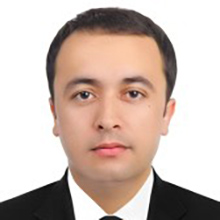Across the globe, countries are looking to cut their greenhouse gas (GHG) emissions to meet the national determined contributions (NDCs) they have committed to as part of the Paris Agreement to combat climate change.
Uzbekistan is one of the most energy and emissions-intensive countries in the world, with high energy subsidies propping up the use of fossil fuels, discouraging households and businesses from pursuing energy efficiency, and acting as a burden on the national budget.
To support Uzbekistan’s green transition, the World Bank has launched a landmark program that leverages carbon markets to encourage energy policy reform. The Innovative Carbon Resource Application for Energy Transition Project (iCRAFT) rewards Uzbekistan for each metric ton of carbon it cuts through energy conservation. This is the World Bank's first initiative globally to support policy changes through payments for emission reductions – a practice called policy crediting. If successful, iCRAFT can be scaled up and replicated elsewhere to help countries achieve their national emission targets.
iCRAFT Pays Off
Because countries need to reduce overall greenhouse gas emissions to meet their NDCs, they put a price on emissions of other harmful gases as "carbon equivalents." This is where carbon markets come into play. Countries can now monetize their efforts to reduce the amount of carbon released into the atmosphere by selling carbon credits on international markets. This provides a strong incentive for nations to curb carbon-intensive activities.
This June, Uzbekistan received its first payment of $7.5 million carbon credits through iCRAFT for cutting half a million tons of carbon emissions. Those credits were financed by the Transformative Carbon Asset Facility (TCAF), a World Bank trust fund that offers a unique combination of capacity building, results-based climate finance, and carbon market funding.



